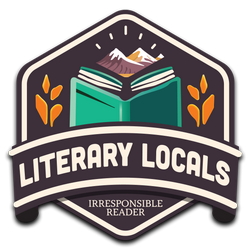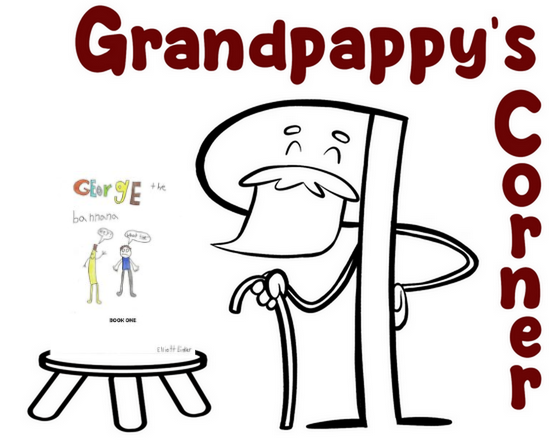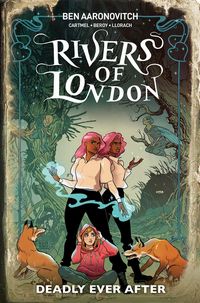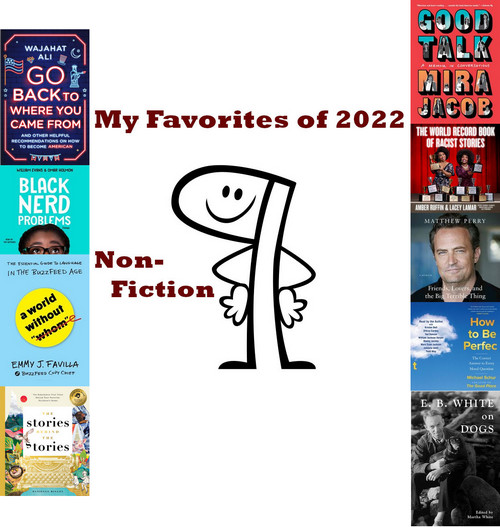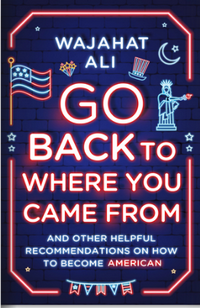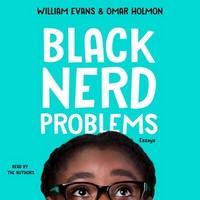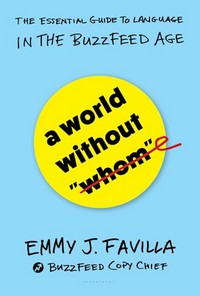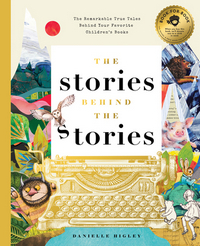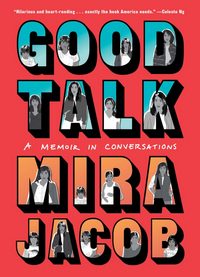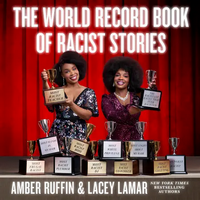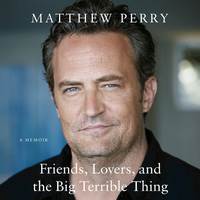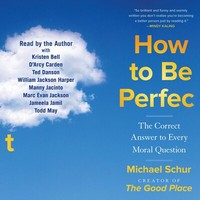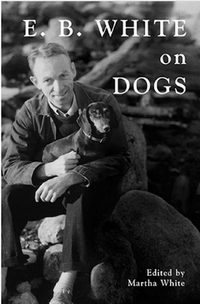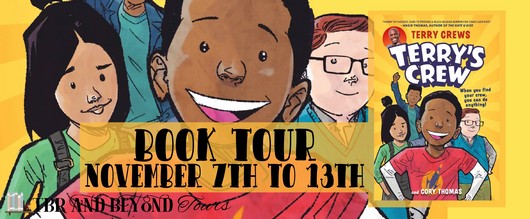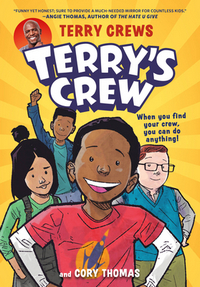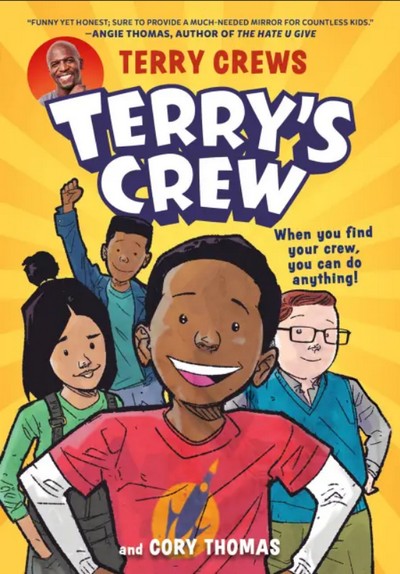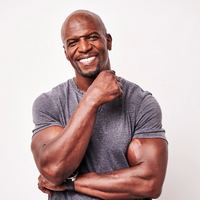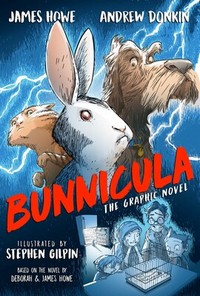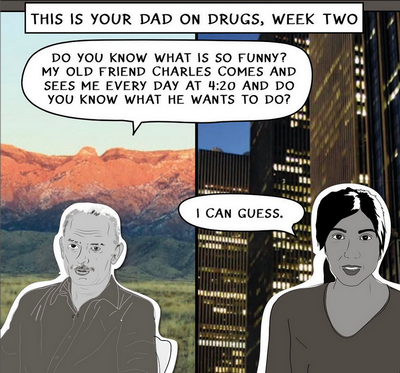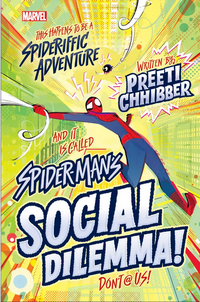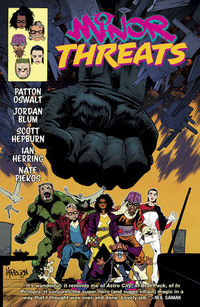 Minor Threats: A Quick End To A Long Beginning
Minor Threats: A Quick End To A Long Beginning
by Patton Oswalt, Jordan Blum, Scott Hepburn (Artist), Ian Herring (Colorist)
DETAILS: Series: Minor Threats, Vol. 1 Publisher: Dark Horse Comics Publication Date: July 12, 2023 Format: Trade Paperback Length: 136 pg. Read Date: August 11, 2023

Not Sure Why I Feel Compelled to Say This, But…
I’m going to make a lot of allusions to other comics/superhero stories. This is intentional and, I think, warranted. Oswalt and Blum are satirizing, paying tribute to, and playing with tried-and-true superhero ideas. When I say they’re doing something ____-esque, or in the vein of, etc. I’m not criticizing, I’m describing. Their work is derivative of more things than I’m aware of because they’re commenting on those things. Oswalt and Blum know their stuff, they’ve drunk deeply from more comic wells than I can imagine and used that to produce this series.
Frankie
When she was a kid, Frankie was the costumed sidekick of her mother, a supervillain/thief. At some point, they were arrested and Frankie went to prison. When she got out, she tried to go straight and get a decent job, but we all know how hard it is for an ex-con to get a job, when that ex-con is a Meta? Forget it—door after door slammed in her face. Finally, she found a job working as a bartender in a bar that catered to supervillains. Not really the elite-level villains, but the “lower ranked” ones—with just enough power to typically need a superhero instead of the police. Think the sillier ones in the Suicide Squad.
I’ve seen this kind of bar in Spider-Man comics, a superhero version in The Tick (animated), and a few other places like that. Frankie is friendly with a couple of her regulars but regards most of them with a kind of contempt/pity mixture. Frankie’s the stereotypical Alcoholic in Recovery working as a Bartender—just her addiction is using the abilities that got her locked up.
Not-Jason Todd/The Joker/Batman
So remember what Batman wanted to do to the Joker after he (assisted by the readers of DC Comics) beat the life out of Jason Todd? What would’ve happened if Superman hadn’t stepped in? Well, we get the answer here—after a Joker-esque character (The Stickman) kills the kid sidekick (Kid Dusk) of a Batman-esque hero (The Insomniac), The Insomniac goes on a vigilante rampage looking for The Stickman—and woe to anyone who gets in his way. The story kicks off with someone stumbling into the bar holding the beaten near-corpse of one supervillain who was “interrogated” by The Insomniac.
This leads to the biggest crackdown on Meta criminals ever—the heroes and the police are trying to lock them all up for their own safety more than because of any crimes. It’s wreaking all sorts of havoc. To put a stop to this, Frankie and some acquaintances/customers decide they need to find The Stickman themselves and kill him themselves. Why wait for the good guys to do the job? If Stickman is out of the picture, The Insomniac might be able to be stopped—or maybe stop himself.
Sure, none of these criminals are the best choices for this—and most are past the prime of their abilities—but it’s not like they have a better idea.
The Art
I can’t put my finger exactly on how to describe the art—it reminded me of a lot of mid-80s Marvel Comics art, with shades of Gotham Central. That’s going to help precisely no one, but it’s the best I can do.
I really dug it—the art fits the story and the characters well. It wasn’t too flashy or too polished—neither would fit this story. There’s a roughness to it (but not in a negative way) that really suited what Oswalt and Blum were doing.
So, what did I think about Minor Threats: A Quick End To A Long Beginning?
This is dark. It’s twisted. It’s funny—and it’s not really funny at all. There’s some tragedy to this, too.
I want more. Now.
Is it the greatest comic story I’ve come across lately? Nah, but the way the creative team is playing with, exploring, exploiting, and so on with tropes, stand-bys, themes, character-types, etc. is just so much fun and so interesting.
There’s just a solid story in the midst of all this, too. It’s more than meta-commentary on superhero stories, it’s a good one itself. But for me to really dig into it the way it deserves would take more time and energy than I’m willing to devote to it. So I’ll just leave it at this—you’re going to dig this.

This post contains an affiliate link. If you purchase from it, I will get a small commission at no additional cost to you. As always, the opinions expressed are my own.
![]()




